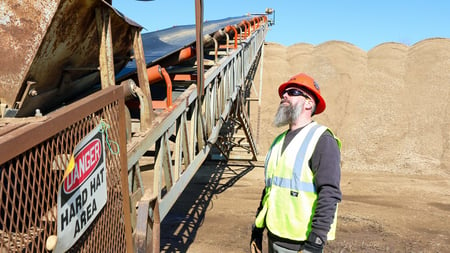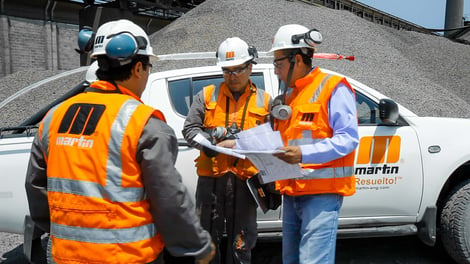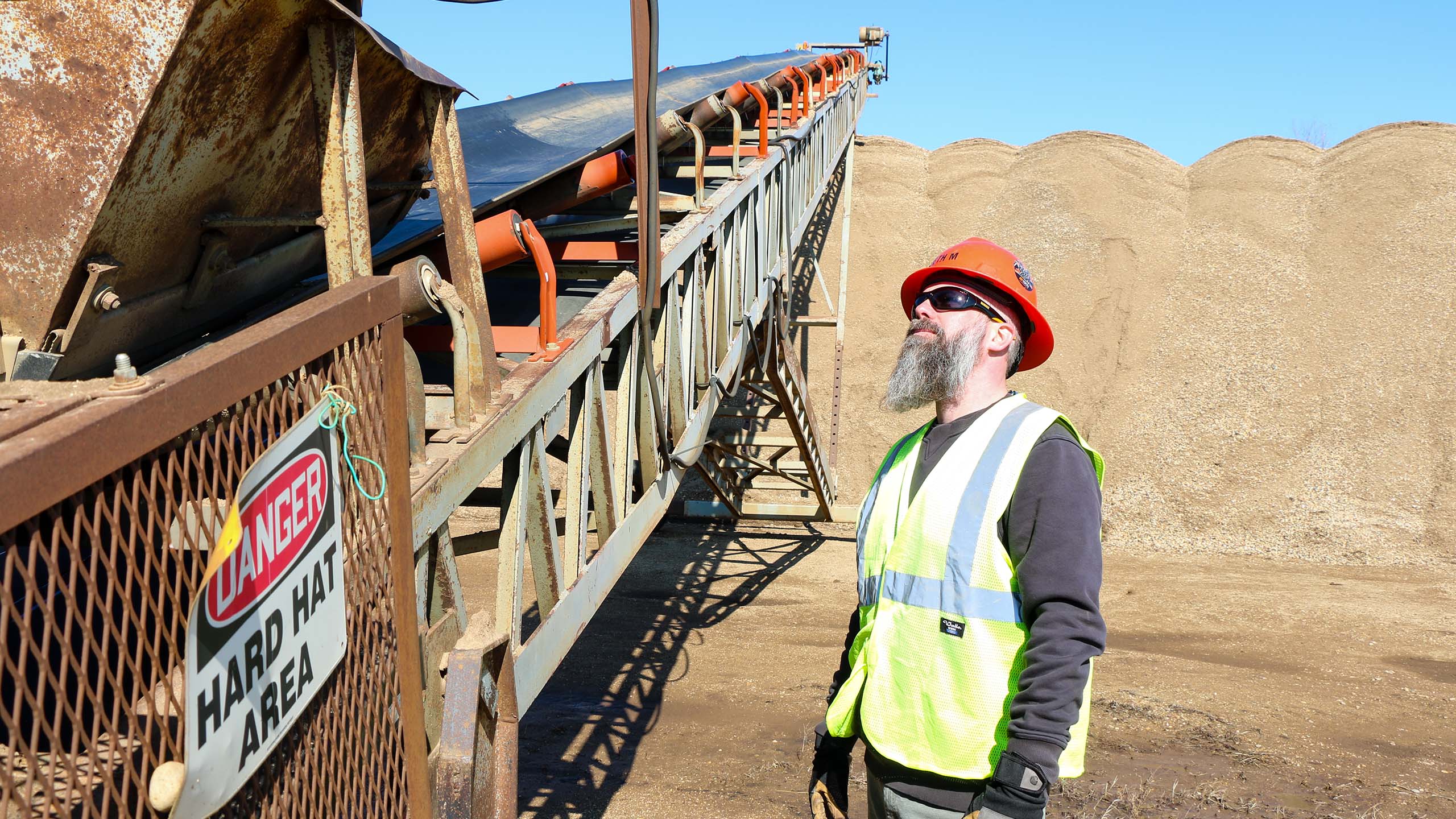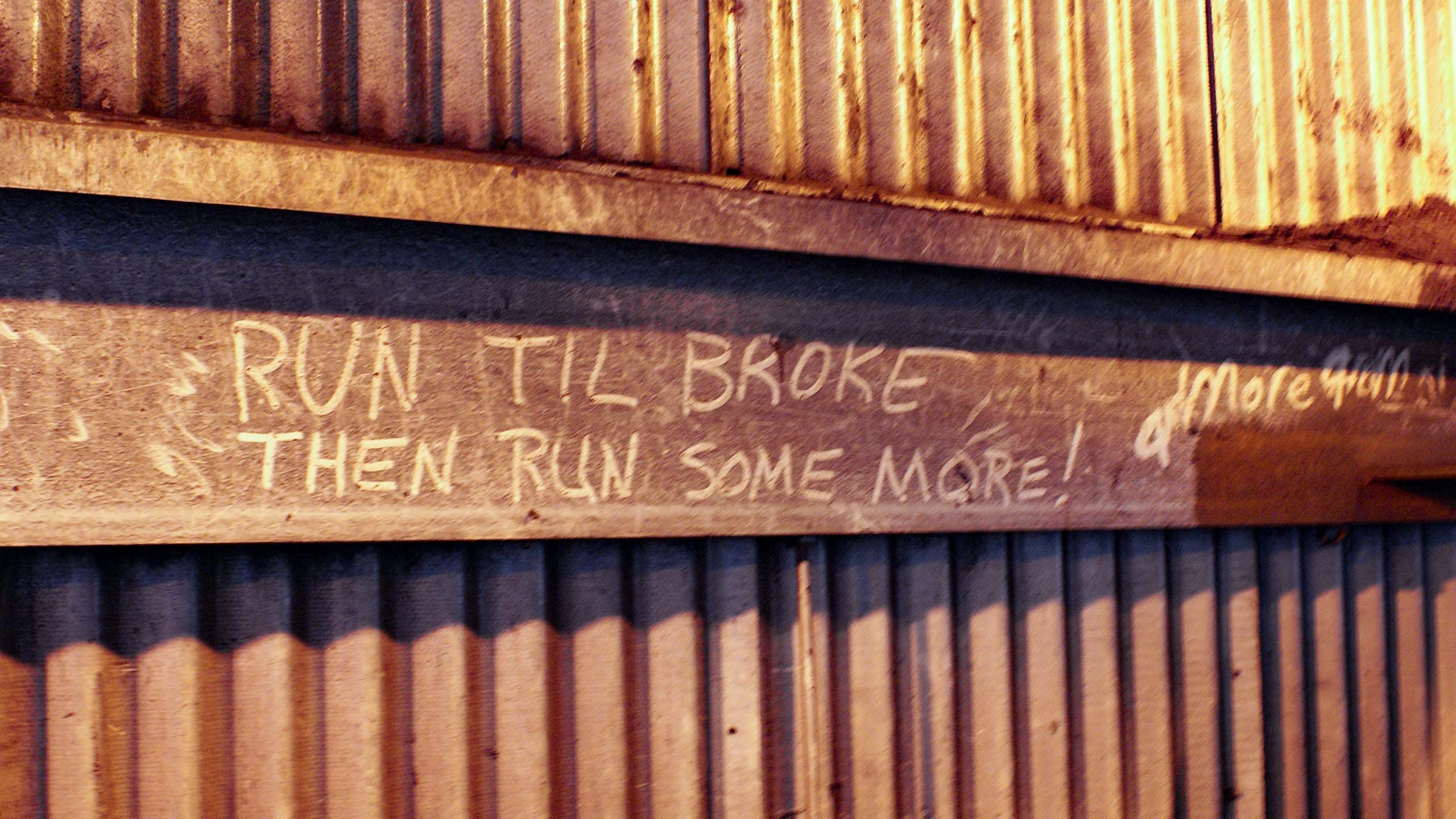By Seth Mercer on Feb 18, 2022 8:33:05 AM
Casual observers may foolishly take for granted one critically important and highly strategic aspect of stock car racing—the art and science of the pit stop. Watching pit stops is one of my favorite elements of every NASCAR race. Of course, it helps to understand what you’re seeing to truly appreciate the considerable impact it has on the race.
These well-timed and lightning-quick yet carefully-orchestrated maneuvers—the culmination of years of experience and expertise performed by highly-skilled professionals—are necessary to adjust and maintain the race car in order to remain competitive and finish the race. Nail your pit stops and you have a competitive advantage. Fail your pit stops and you’ll be laps down at best and at worst, you’ll be ending your day early with a demoralizing and costly exit to the garage.
Pit Stops & Scheduled Shutdowns
Pit stops are not unlike planned outages and shutdowns. Both require a great deal of planning and teamwork and both are absolutely critical to the success of their operation. Ultimately, both also come down to proper execution.
For the sake of progress, momentum, and production, sometimes necessary shutdowns are delayed. And once the time is carved out, there can be pressure to address and correct as much as possible in the shortest amount of time. Neither tactic amounts to a winning strategy.
When shutdowns and pit stops are put off, more wear and tear adds up. When shutdowns and pit stops are rushed beyond reason, there is more risk and less effectiveness. At this juncture, it’s worth establishing some basic truths about the nature of shutdowns:
- There is never a “convenient” time.
- It’s impossible to be totally prepared.
- Completing a shutdown with zero injuries is a success, regardless of how much was accomplished.
Reconsidering The Need For Speed
Shutdowns offer the opportunity to improve safety, efficiency, and productivity. When it comes to bulk material handling, increased production often means faster conveyor belt speeds. However, like approaching turns on a racetrack too fast, the idea that more speed leads to better results is something that warrants a yellow flag and cautious reconsideration. Increasing belt speeds will certainly get material moving from turn 1 to turn 4 faster, but what exactly happens when more material gets to the finish line faster?
Oftentimes, getting more material to the discharge point faster simply means that it piles up more quickly than it can flow through the receiving chute, hopper, crusher, etc. The original design capacity of the system becomes overwhelmed—as if we find ourselves running three- or even four-wide heading into the next turn—and the material pile-up turns into a blockage that chokes material flow and reduces throughput. Trying to increase production by increasing belt speed frequently results in the exact opposite; reduced production, red flag, standstill, engines off.
Increased belt speeds often correlate with an increase in dust, material spillage, and system wear and tear. By the end of the race, we find that a shortsighted and incomplete shutdown plan actually results in decreased production and component life as well as increased maintenance, clean-up, labor, and safety risks.
Planning, Teamwork, Execution
Material handling systems need to be approached as a whole—from loading and conveying to discharge and material flow—with the understanding that any change to a single aspect affects the system at large. If the belt speed is increased, the transfer chute might need to be redesigned to handle greater material volumes with different trajectories at faster speeds.

Like pit stops, success is greatly aided by  . With so much work to be accomplished in a limited timeframe, enlisting the help and efficiency of specialized crews who are factory-trained and have the advantage of greater experience and expertise than in-house personnel or general contractors can help maintain momentum and progress throughout the shutdown. This is precisely why pit crews are highly-specialized. Time is valuable and inefficiencies in the process can be incredibly costly.
. With so much work to be accomplished in a limited timeframe, enlisting the help and efficiency of specialized crews who are factory-trained and have the advantage of greater experience and expertise than in-house personnel or general contractors can help maintain momentum and progress throughout the shutdown. This is precisely why pit crews are highly-specialized. Time is valuable and inefficiencies in the process can be incredibly costly.
Successful, efficient, and effective pit stops and shutdowns ultimately come down to execution. Relying on a solid team of in-house and external resources provides the familiarity, experience, and specialized expertise necessary to get the job done, done well, and on time. Finally, as with any team, good  to maintain focus, navigate the course, and keep the project on track through the checkered flag.
to maintain focus, navigate the course, and keep the project on track through the checkered flag.

Martin Engineering has been behind the wheel of bulk material handling systems around the world since before Bill France Sr. arranged the very first race in Daytona Beach nearly 75 years ago. We’d be happy to visit your site and work with you to help plan and execute any conveyor system maintenance and improvements you may have in mind. Reach out, give us the green flag, and we’ll start our engines. 🏁





comments